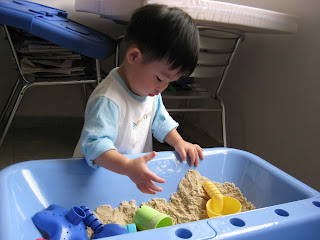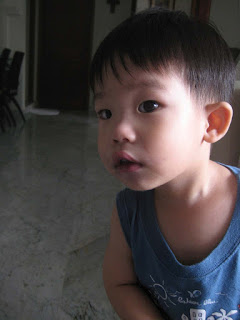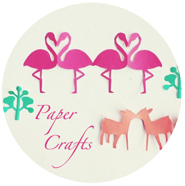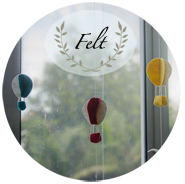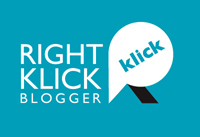I think the turning point was when he turned 2 and a half. K started being able to articulate his wants very clearly, surprising me with new words and long sentences everyday. He knows almost 95% of the alphabets, numbers 1-10, colours, shapes and can count up to 5 items. All of that he learnt during play, from the books that we read and things that we see in our everyday life at home.
The only effort on my part was through the books that I bought for him, not limiting the words that I use when I speak to him (baby language is a no-no for me) and being a little more observant about the world around us. He shows alot of curiosity about nature, about how things work, and will ask me alot of questions about what he sees around us.
John Holt was right, when he wrote about how children are learning all the time.
My role as K’s first teacher is to help him make sense of the world around him. We will be taking little ‘baby-steps’ towards starting short homeschool sessions for the next 1 year before he starts nursery, and will explore various areas of literacy, math, science, arts and bible & social studies. Also not neglecting lots of play and outdoor exercise at all other times.
I initially planned for him to attend some parent-accompanied playgroup programme, but after reviewing my objectives. I figured that gets enough socialisation weekly at Sunday school and during his one-to-one playdates with Seth. Besides dh is right in saying that he has at least 20 years of formal schooling, so why is there a big hurry to send him to school?
‘Planting roots, Growing wings’ will be my new blog to document our sessions at homeschool. This blog will be the best way to review my ‘on-the-job’ training as his first teacher, and to continually challenge myself to grow and change. Afterall, I believe that being a mother and helping my child to realise his potential is the best way to realise my own.



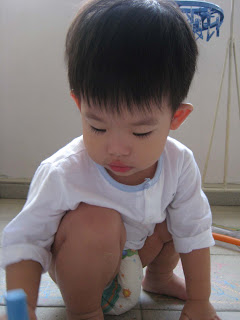 Kyle used chalk for the first time yesterday morning and he was fascinated by the texture, the markings made by the chalk and sure was elated that he was allowed to scribble on the balcony’s tiles.
Kyle used chalk for the first time yesterday morning and he was fascinated by the texture, the markings made by the chalk and sure was elated that he was allowed to scribble on the balcony’s tiles.